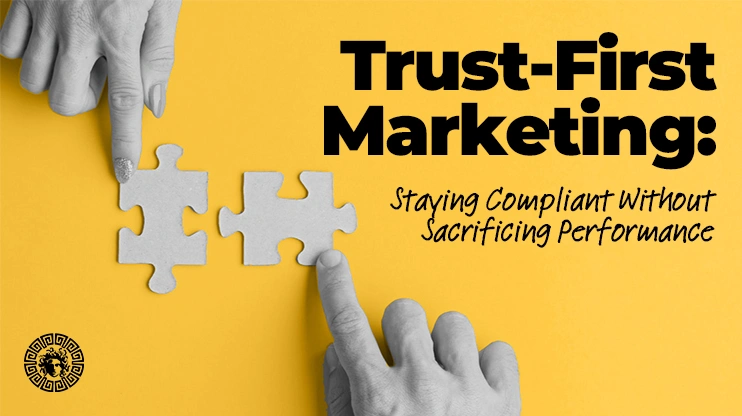“Explore the potential of Social Listening in digital market, a vital tool for knowing consumer needs, tracking online activity, and new business opportunities “
Being in any business means keeping your eyes and ears open to see and hear what are the needs of a consumer, but in this digital marketplace how can one keep track of that?
Monitoring consumer behavior has found its way through tracking the online activity of prospects or customers through social media, keyword mentions, website optimization or what’s engaging and trending content or product online. This operation is simplified and being called as Social Listening.
Understanding Social Listening
Social listening, often referred to as social media monitoring or brand monitoring, is not a new concept. However, the technology and tools available for this practice have evolved significantly, making it an indispensable resource for modern businesses.
At its core, social listening involves tracking and analyzing mentions, keywords, and conversations taking place across various social media platforms, forums, blogs, news articles, and other online sources. But it differs from equally popular term “Social Monitoring”
The primary goals of social listening are:
1. Understanding Customer Sentiment:
Social listening allows businesses to gauge how customers perceive their brand and products. Positive sentiment can be used for marketing, while negative sentiment can prompt improvements and damage control.
2. Competitive Analysis:
By monitoring competitors’ mentions and discussions, companies can gain valuable insights into their strategies, weaknesses, and customer feedback.
3. Market Trends and Insights:
Businesses can identify emerging trends, market demands, and customer preferences by monitoring discussions and conversations related to their industry.
4. Crisis Management:
Quick detection of negative mentions or emerging crises can enable proactive damage control and reputation management.
5. Content and Campaign Optimization:
Social listening can provide real-time feedback on the effectiveness of marketing campaigns, helping companies adjust and optimize their strategies.
New Business Opportunities
Now that we’ve established the importance of social listening, let’s delve into how this practice can unlock new business opportunities.
1. Identifying Emerging Trends:
Social listening allows businesses to identify emerging trends and shifts in consumer preferences. By monitoring conversations related to their industry, companies can stay ahead of the curve and adapt their products or services to meet evolving demands.
2. Competitive Analysis:
Understanding what your competitors are doing and how customers perceive them is invaluable. Social listening enables you to gain insights into the strategies and tactics of your competitors, helping you identify gaps in the market that your business can fill.
3. Enhancing Customer Experience:
Social listening is a powerful tool for improving customer experience. By actively listening to customer feedback and addressing their concerns, you can build stronger customer relationships and enhance your brand’s reputation.
A study by Sprinklr found that consumers expect brands to respond within 24 hours on social media.
4. Innovative Product Development:
By monitoring discussions related to your industry and products, you can uncover unmet needs and pain points. This information can be instrumental in developing innovative products or services that cater to these demands.
A report from Salesforce found that 80% of customers believe the experience a company provides is as important as its products and services.
5. Content Optimization and Personalization:
Social listening provides real-time feedback on the content and marketing campaigns you launch. This data can be used to refine your messaging and tailor it to the preferences and interests of your audience, increasing the effectiveness of your marketing efforts.
According to a survey by Adobe, 67% of marketers believe that personalization in content is a key factor for improving customer engagement.
The Tools and Techniques of Social Listening
To effectively harness the power of social listening, businesses need the right tools and techniques.
1. Select the Right Tools:
There is a wide range of social listening tools available, from free options like Google Alerts to premium platforms like Brandwatch, Hootsuite, and Mention. Choose a tool that aligns with your specific business needs and budget.
2. Set Clear Objectives:
Define what you want to achieve with social listening. Are you looking to track customer sentiment, monitor competitors, or identify emerging trends? Having certain goals in mind will help direct the monitoring process.
3. Choose Relevant Keywords:
Use relevant keywords and phrases that are specific to your industry, brand, and products. This will help you filter out the noise and focus on the conversations that matter most.
4. Monitor Multiple Platforms:
Social listening should not be limited to one platform. Monitor a variety of sources, including social media, news sites, forums, and review websites, to get a comprehensive view of online conversations.
5. Analyze and Take Action:
Collecting data is just the beginning. Analyze the information you gather and take actionable steps based on your findings. This could involve responding to customer feedback, adjusting marketing strategies, or developing new products.
In Summary,
Today, being able to adapt and grab new chances is super important for success. Social listening is like a hand-picked tool for businesses. It helps them understand what customers think, spot trends, and see what their competitors are up to.
Smart listening allows businesses to put their ears to listen into future needs of the market. Keep this monitory update on market with us at vereigen media to get solutions that sheds light on the new edge.














